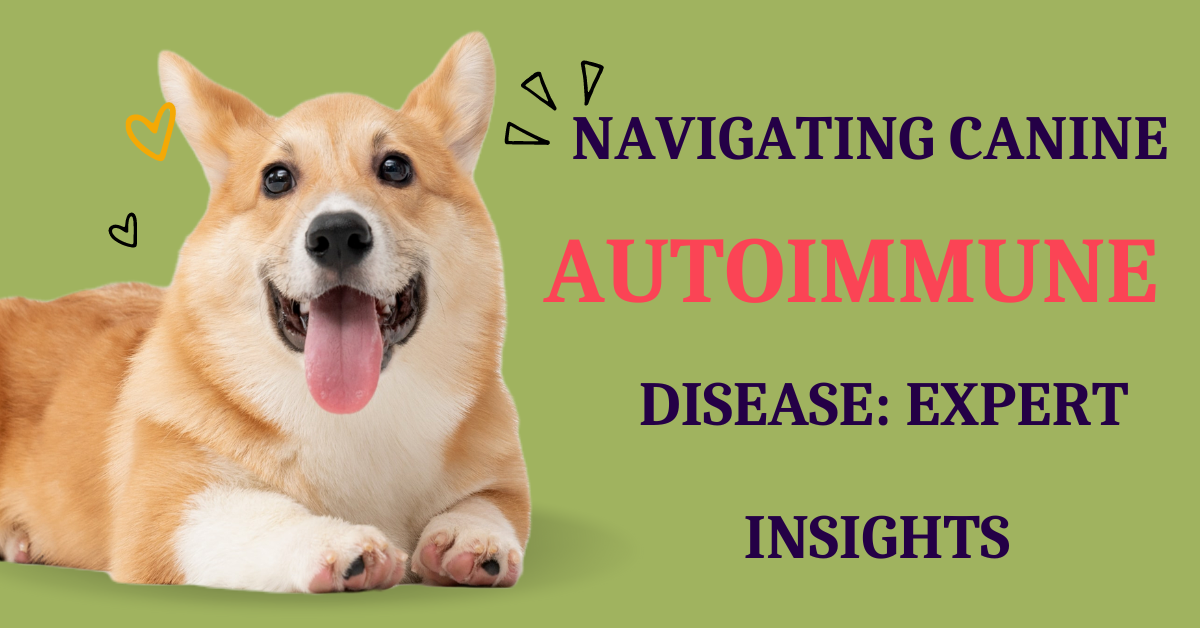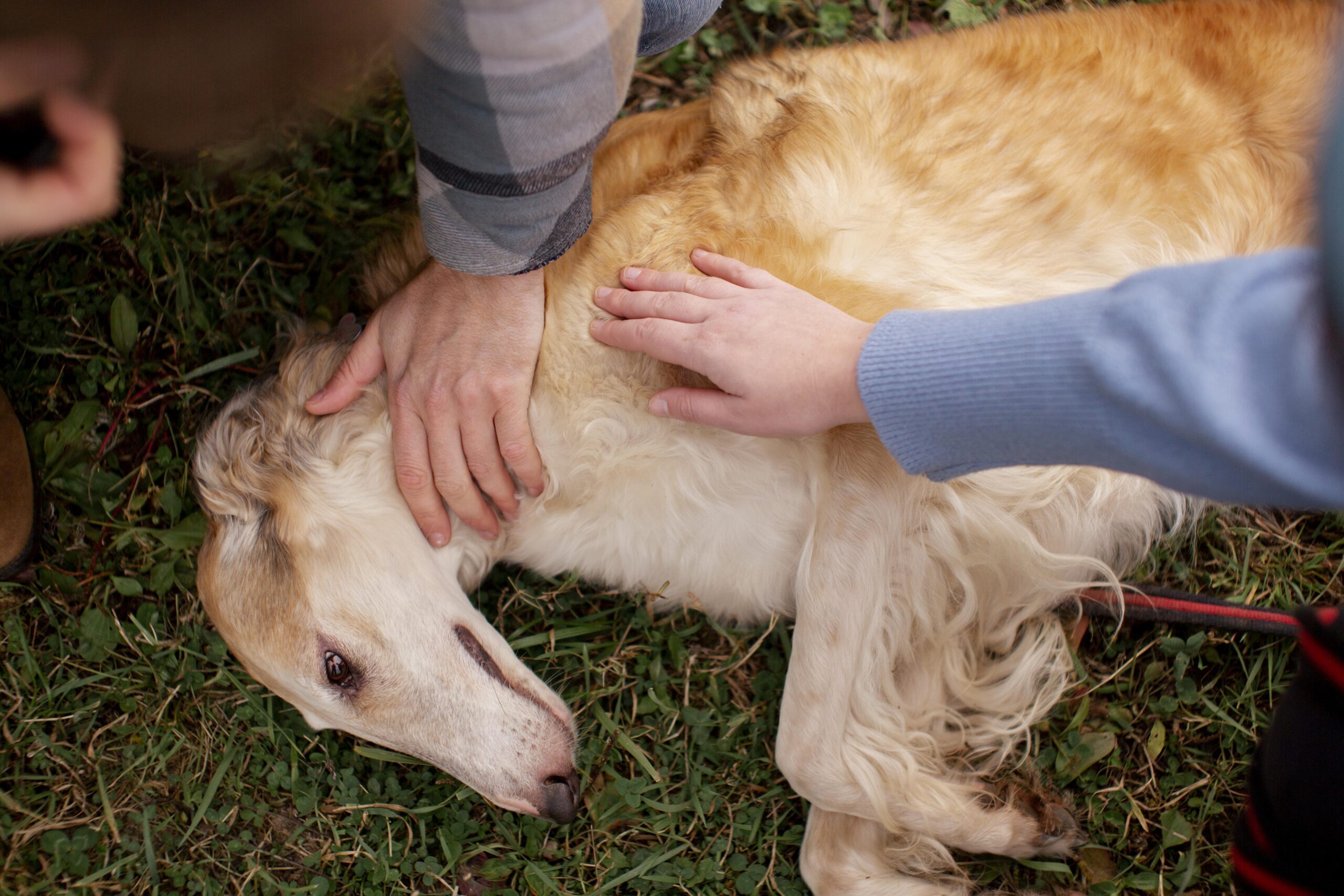Autoimmune disease in a dog is the reverse activity of the immune system, which is majorly responsible for protecting the body from harmful pathogens that attack the proteins and cells. Likewise, the negative reaction of the immune system may lead to the formation of complexes that cause damage to organs, thus manifesting symptoms with potential life threats if untreated.
Autoimmune Diseases in Dogs :
Canine autoimmune diseases can take many forms and target different parts of the animal’s body. Here are just a few:
- Pemphigus foliaceus: This attacks skin cells and formation of cracks happens
- Pemphigus Erythematosus: This affects primarily the skin of the face and is common in breeds like German Shepherds, Collies, and Shetland.
- Pemphigus Vulgaris: An uncommon but severe condition that results in erosions and vesicles on various parts of the body, including the lips, nose, and nail beds.
- Bullous Pemphigoid: It creates a space between the superficial and intermediate skin.
- Systemic Lupus Erythematosus (SLE): A multi-system ailment causing multisystemic signs such as lameness, skin lesions, and anemia. kidney failure
- Discoid Lupus Erythematosus (DLE): Only the skin of the nose and face is affected
- Myasthenia Gravis: This disorder weakens neuromuscular function throughout the body, with symptoms of muscular fatigue, difficulty drinking, and swallowing.
- Granulomatous Meningoencephalitis (GME): Inflammation of the brain and spinal cord.
- Masticatory Myositis: Targets the muscles involved in chewing, causing them to be swollen, and painful.
- Glomerulonephritis: It affects kidney function with symptoms of increased thirst, urination, muscle wasting, and swelling.
- Polyarthritis: Makes the animal lame and painful
- Uveodermatologic Syndrome: This targets the melanin pigment, often causing blindness in breeds such as Akitas and Huskies.
- Keratoconjunctivitis Sicca (KCS): Commonly known as “dry eye,” it occurs in about 1% of dogs, but certain breeds like the Shih Tzus and Pekingese.
- Pannus: A non-curative disease affecting the cornea, resulting blindness
- Immune-Mediated Thrombocytopenia (ITP): Targets platelets, causing bruising and hemorrhage.
- Immune-Mediated Hemolytic Anemia (IMHA): Attacks the red blood cells, presenting symptoms such as weakness and pale gums collapse

Signs of Autoimmune Diseases in Canine
Symptoms depend on which organs or cells are being attacked. Symptoms may include:
- Anaemia
- Blood in urine or stool
- Bruising and pinpoint hemorrhages
- Crumble
- Appetite decreased
- Skin and nasal depigmentation
- Difficulty breathing or increased respiratory rate
- Difficulty eating
- Enlarged lymph nodes
- Reddening of the skin (
- fever
- Hair loss
- The heart rate will be increased
- Kidney failure
- Limpness
- Letharg
- Mouth ulcers and bad breath
- Muscle atrophy
- Gums pale
- Muscles and joints experience pain and stiffness
- Scaling of the skin, redness, crusting, and ulcer
- Seizures
- Blood sneezing
- Swelling of limbs or abdomen
- Vomiting

Causes of Autoimmune Diseases in Dogs
Such autoimmune diseases are believed to occur in all dogs however, spayed and some pure breeds are at a higher risk. The main contributing factors include genetics, cancer, other infections, drugs, and environmental factors, such as UV light. Dogs with one diagnosed autoimmune disease are in greater danger of getting more immunity-mediated conditions.
Diagnosis of autoimmunity in dogs
Diagnosis of these diseases can prove complex and often involves the exclusion of other potential causes. This is usually carried out through the running of blood and urine tests, among other animal screenings, by veterinarians. In some cases, where necessary, biopsies or advanced imaging, such as CT scans or MRIs, are ordered. There is no one conclusive test; instead, a combination of tests and symptoms helps in making the diagnosis.
Treatment
Treatment focuses more on weakening an overactive immune system, and for that, immunosuppressants are used, sometimes at high-dose initiation. Multiple immunosuppressive drug combinations can be used to minimize side effects. Therefore, Treatment may involve pain management medications and numerous antibiotics for secondary infections. There may also be topical treatment interventions that could be used, such as ointments or shampoos for localized symptoms. In the more severe cases, depending on the extent of illness and organ dysfunction, treatments might also require blood transfusions, intravenous fluids, feeding tubes, anticonvulsants, anticoagulants, antiemetics, oxygen support, or even drainage of fluid from the abdominal or chest cavity.

Managing Autoimmune Diseases in Dogs
Management and prognosis can be variable. While some might do well with appropriate treatment, others may be controlled medically for life. therefore, Routine veterinary follow-up is imperative to monitor drug side effects and prevent relapses. The earlier the diagnosis is made and treatment is started, the better the outcome will be.
How to Prevent Autoimmune Diseases in Dogs
Prevention is challenging, but early detection and intervention are the key. Regular veterinary visits are of very great importance, and medication compliance as well is essential. Preventing sun exposure with pet-safe products and avoiding the midday sun may be effective in some cases. Inform all veterinarians involved of its disease and medications to circumvent potential complications.
Autoimmune Disease in Dogs FAQs
What is the life expectancy of a dog with autoimmune disease?
The prognosis varies with the type of disease, remission, and host condition. Some dogs will have to be euthanized humanely because of severe clinical signs, multi-organ involvement, or side effects of therapies
Which is the most common autoimmune disease in dogs?
Immune-mediated thrombocytopenia (ITP) could be classified as one of the most common disorders, with the immune system possibly attacking the platelets and causing reasons for hemorrhage as a result.
What is responsible for the autoimmune disease in dogs?
Often, the triggers are unknown, but they probably play a major role through genetics, infections, cancer, medications, and environmental factors, including UV light. Understanding and managing autoimmune diseases in dogs is essential to ensuring their quality of life. Early diagnosis and ongoing veterinary care are keys to managing these complex conditions effectively.
References
Gershwin, L. J. (2010). Autoimmune diseases in small animals. Veterinary Clinics: Small Animal Practice, 40(3), 439-457.
Gershwin, L. J. (2018). Current and newly emerging autoimmune diseases. Veterinary Clinics: Small Animal Practice, 48(2), 323-338.





